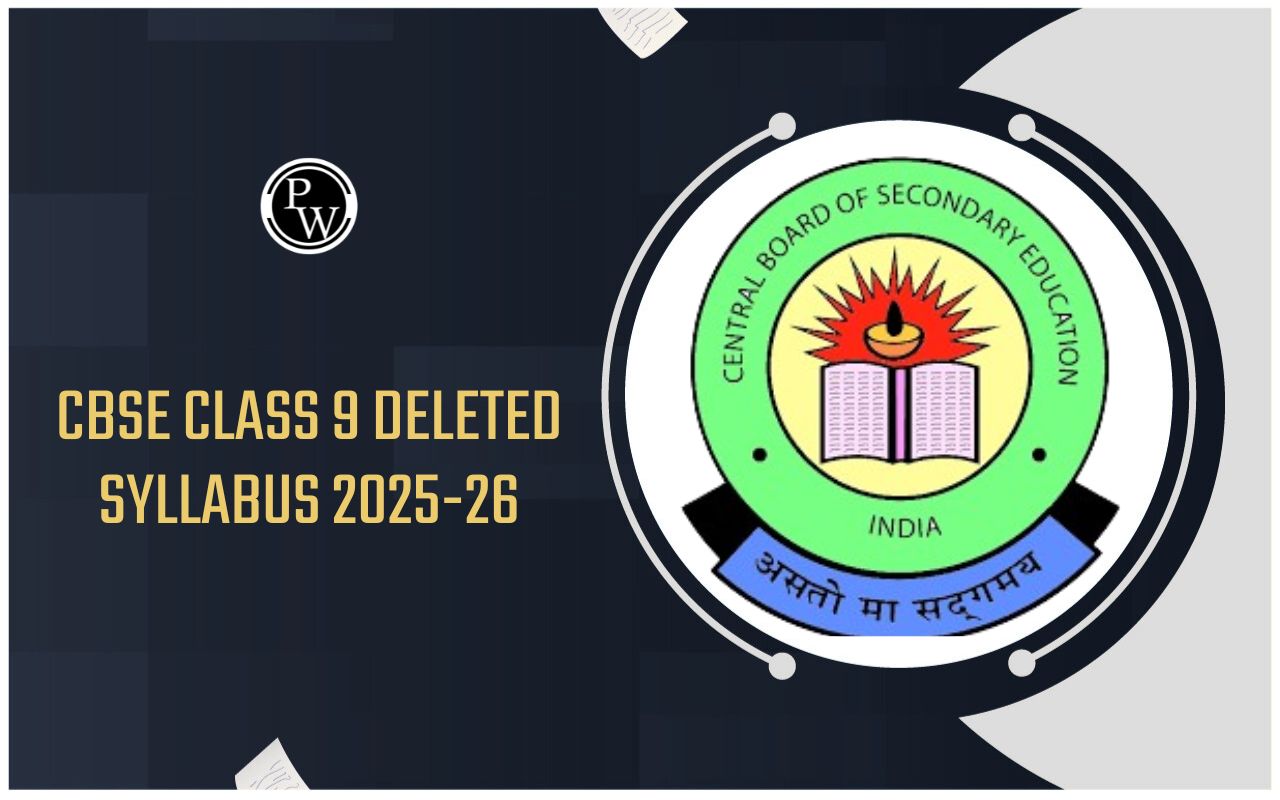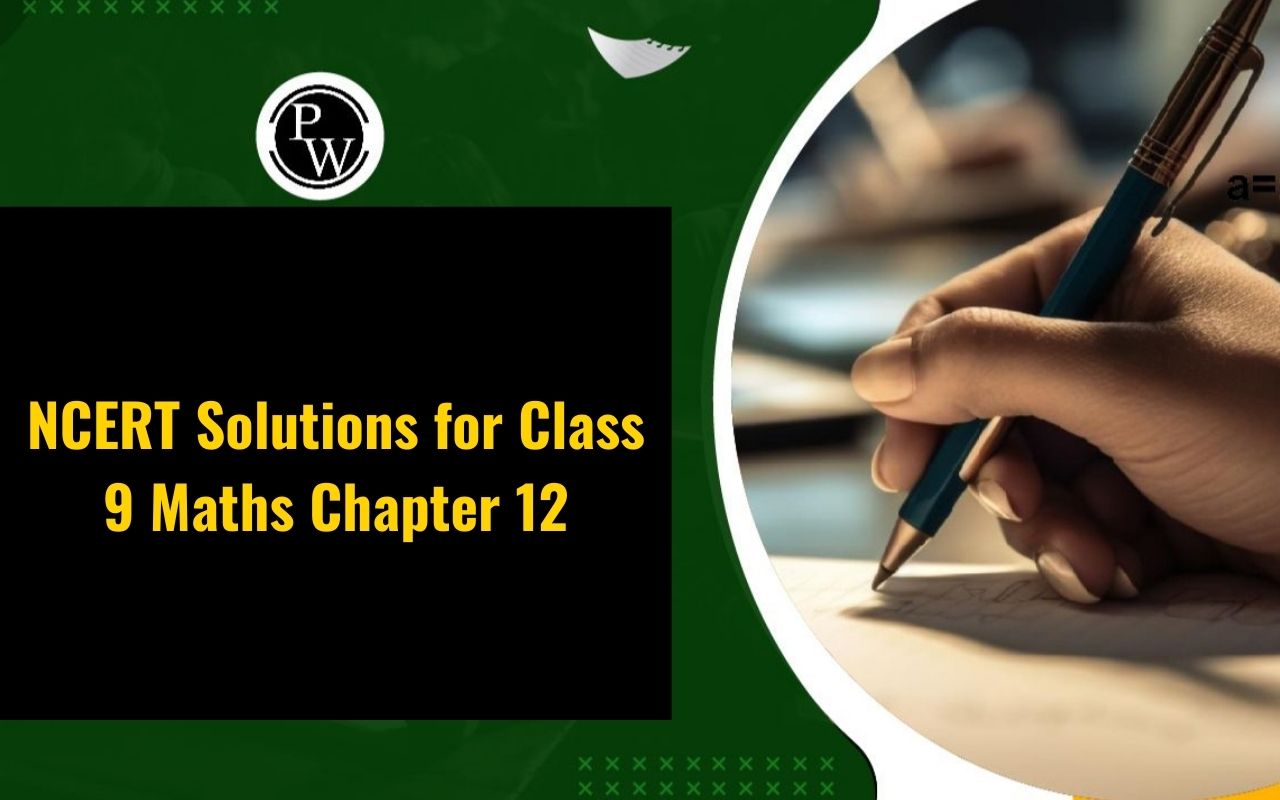
RD Sharma Solutions Class 9 Maths Chapter 23: RD Sharma Solutions for Class 9 Maths Chapter 23, Graphical Representation of Statistical Data, provides comprehensive guidance on representing statistical data graphically.
This chapter focuses on various graphical methods such as histograms, bar graphs, pie charts, and frequency polygons. These graphical representations help in visualizing and interpreting data effectively. RD Sharma Solutions provide step-by-step explanations and solutions to problems, aiding students in understanding and mastering the techniques of graphical representation. By practicing these solutions, students can enhance their skills in analyzing and presenting data graphically, thereby strengthening their understanding of statistical concepts.CBSE Class 9 Science Syllabus 2024-25
RD Sharma Solutions Class 9 Maths Chapter 23 Graphical Representation of Statistical Data PDF
You can access the PDF file for RD Sharma Solutions Class 9 Maths Chapter 23, focusing on Graphical Representation of Statistical Data, by clicking the link provided below. This resource provide detailed explanations and step-by-step solutions to help you understand and apply graphical methods effectively.RD Sharma Solutions Class 9 Maths Chapter 23 PDF
RD Sharma Solutions Class 9 Maths Chapter 23 Graphical Representation of Statistical Data
Below, you'll find the solutions for RD Sharma Class 9 Maths Chapter 23 on Graphical Representation of Statistical Data. These solutions provide detailed guidance to help you understand and apply various graphical methods effectively. RD Sharma Solutions Class 9 Maths Chapter 23 is a valuable resource for students seeking to enhance their skills in graphical representation and excel in their mathematics studies.CBSE Class 10 Result 2024 Expected To Be Out Soon
RD Sharma Solutions Class 9 Maths Chapter 23 Graphical Representation of Statistical Data Exercise 23.1 Page No: 23.7
Question 1: The following table shows the daily production of T.V. sets in an industry for 7 days of a week.
| Day | Monday | Tuesday | Wednesday | Thursday | Friday | Saturday | Sunday |
| Number of tv sets | 300 | 400 | 150 | 250 | 100 | 350 | 200 |
Represent the above information by a pictograph.
Solution:
The given information can be represented using a pictograph as below:
Question 2: The following table shows the number of Maruti cars sold by five dealers in a particular month:
| Dealer | saya | Bagaa links | DD motors | Bhasin Motors | competent |
| cars sold | 60 | 40 | 20 | 15 | 10 |
Represent the above information by a pictograph.
Solution:
The given information can be represented using a pictograph as below:
Question 3: The population of Delhi State in different census years is as given below:
| Census year | 1961 | 1971 | 1981 | 1991 | 2001 |
| Population in lakhs | 30 | 55 | 70 | 110 | 150 |
Represent the above information with the help of a bar graph.
Solutions:
Let us consider the horizontal and vertical axes represent the years and population in lakhs, respectively. The heights of the rectangles are proportional to the population in lakhs. Bar Graph:
Question 4: Read the bar graph shown below and answer the following questions:
(i) What is the information given by the bar graph?
(ii) How many tickets from Assam State Lottery were sold by the agent?
(iii) Of which state was the maximum number of tickets sold?
(iv) State whether true or false.
The maximum number of tickets sold is three times the minimum number of tickets sold.
(v) Of which state was the minimum number of tickets sold?

Solution:
Question 5: Study the bar graph representing the number of persons in various age groups in a town shown in the figure. Observe the bar graph and answer the following questions:
(i) What is the percentage of the youngest age-group persons over those in the oldest age group?
(ii) What is the total population of the town?
(iii) What is the number of persons in the age-group 60-65?
(iv) How many persons are more in the age-group 10-15 than in the age group 30-35?
(v) What is the age-group of exactly 1200 persons living in the town?
(vi) What is the total number of persons living in the town in the age-group 50-55?
(vii) What is the total number of persons living in the town in the age-groups 10-15 and 60-65?
(vii) Whether the population in general increases, decreases or remains constant with the increase in the age-group.

Solution:
(i) The youngest age group is 10-15 years, comprising 1400 individuals. Conversely, the oldest age group is 70-75 years, with a population of 300 individuals. To calculate the percentage of individuals in the youngest age group compared to the oldest, we compute: 1400/300 × 100 = 1400/3. (ii) The total population of the town is calculated by summing the populations of all age groups: 300 + 800 + 900 + 1000 + 1100 + 1200 + 1400 = 6700. (iii) The number of individuals in the age group 60-65 is 800. (iv) In the age group 10-15, there are 1400 individuals, while in the age group 30-35, there are 1100 individuals. Therefore, the difference in population between the two age groups is 1400 - 1100 = 300. (v) The age group of 1200 individuals living in the town is 20-25 years. (vi) A total of 900 individuals reside in the town within the age group of 50-55 years. (vii) The combined population of individuals in the age groups 10-15 and 60-65 is 1400 + 800 = 2200. (viii) The observed trend indicates that as the age group increases, the height of the bars in the graphical representation decreases, signifying a decrease in population with increasing age group.RD Sharma Solutions Class 9 Maths Chapter 23 Graphical Representation of Statistical Data Exercise 23.2 Page No: 23.23
Question 1: Explain the reading and interpretation of bar graphs.
Solution: A bar graph consists of a sequence of vertical or horizontal bar lines or rectangles. Bar lines may be either horizontal or vertical. We can easily collect the information and conclude various observations from a given bar graph which is referred to as the interpretation of the bar graph.
Question 2: Read the following bar graph and answer the following questions:
(i) What information is given by the bar graph?
(ii) In which year is the export minimum?
(iii) In which year is the import maximum?
(iv) In which year the difference between the values of export and import is maximum?

Solution:
(i) The bar graph represents the import and export (in 100 Crores of rupees) from 1982-83 to 1986-87.
(ii) 1982-83
(iii) 1986-87
(iv) 1986-87
Question 3: The following bar graph shows the results of an annual examination in a secondary school. Read the bar graph given below, and choose the correct alternative in each of the following:

(i)The pair of classes in which the results of boys and girls are inversely proportional are:
(a) VI, VIII (b) VI, IX (c) VII, IX (d) VIII, X
(ii) The class having the lowest failure rate of girls is:
(a) VI (b) X (c) IX (d) VIII
(iii) The class having the lowest pass rate of students is:
(a) VI (b) VII (c) VIII (d) IX
Solution:
(i) Option (b) is correct.
(ii) Option (a) is correct.
(iii) Option (b) is correct.
The sum of the heights of the bars for boys and girls in class VII = 95 + 40 = 135 (which is minimum)Question 4: The following data gives the number (in thousands) of applicants registered with an Employment Exchange during 1995-2000:

Construct a bar graph to represent the above data.
Solution:
Let us consider that the horizontal and vertical axes represent the years and the number of applicants registered in thousands, respectively. Bar Graph:
Question 5: The production of saleable steel in some of the steel plants of our country during 1999 is given below:

Construct a bar graph to represent the above data on a graph paper by using the scale 1 big division = 20 thousand tonnes.
Solution :
Let us consider that the horizontal and vertical axes represent the plants and the production in thousand tonnes, respectively.
Question 6: The following table gives the route length (in thousand kilometres) of the Indian Railways in some of the years:

Represent the above data with the help of a bar graph.
Solution:
Let us consider that the horizontal and vertical axes represent the years and the route lengths in thousand km, respectively. Bar Graph:

RD Sharma Solutions Class 9 Maths Chapter 23 Graphical Representation of Statistical Data Exercise 23.3 Page No: 23.41
Question 1: Construct a histogram for the following data:

Solution:
Let us consider that the horizontal and vertical axes represent the monthly school fees and the number of schools, respectively. Construct rectangles with class-intervals as bases and respective frequencies as heights as below. Histogram:
Question 2: The distribution of heights (in cm) of 96 children is given below. Construct a histogram and a frequency polygon on the same axes.

Solution:
Let us consider that the horizontal and vertical axes represent the height (in cm) and the number of children, respectively. Construct rectangles with class-intervals as bases and respective frequencies as heights as below.
Question 3: The time taken in seconds to solve a problem by each of 25 pupils is as follows:
16, 20, 26, 27, 28, 30, 33, 37, 38, 40, 42, 43, 46, 46, 46, 48, 49, 50, 53, 58, 59, 60, 64, 52, 20
(a) Construct a frequency distribution for these data using a class interval of 10 seconds.
(b) Draw a histogram to represent the frequency distribution.
Solution:
Arrange raw data into ascending order: 16, 20, 20, 26, 27, 28, 30, 33, 37, 38, 40, 42, 43, 46, 46, 46, 48, 49, 50, 52, 53, 58, 59, 60, 64(a) Frequency distribution for the given data, using a class interval of 10 seconds.
| Class Interval | Frequency | |
| 10-20 | 16 | 1 |
| 20-30 | 20, 20, 26, 27, 28 | 5 |
| 30-40 | 30, 33, 37, 38 | 4 |
| 40-50 | 40, 42, 43, 46, 46, 46, 48, 49 | 8 |
| 50-60 | 50, 52, 53, 58, 59 | 5 |
| 60-70 | 60, 64 | 2 |
(b)
Consider horizontal and vertical axes represent the seconds and frequency, respectively. Frequencies are the heights of rectangles.

Question 4: Draw, in the same diagram, a histogram and a frequency polygon to represent the following data which shows the monthly cost of living index of a city in a period of 2 years:

Solution:
Consider the horizontal axis as the cost of living (in Rs.), and the vertical axis represents the number of months. Histogram and a frequency polygon:
| CBSE Class 9 Maths Syllabus | CBSE Class 9 Science Syllabus |
| CBSE Class 9 Computer Application Syllabus | CBSE Class 9 Social Science Syllabus |
RD Sharma Solutions Class 9 Maths Chapter 23 FAQs
What topics are covered in RD Sharma Solutions for Class 9 Maths Chapter 23?
How can RD Sharma Solutions for Class 9 Maths Chapter 23 help me understand graphical representation better?
Are the solutions provided in RD Sharma Solutions for Class 9 Maths Chapter 23 accurate?










